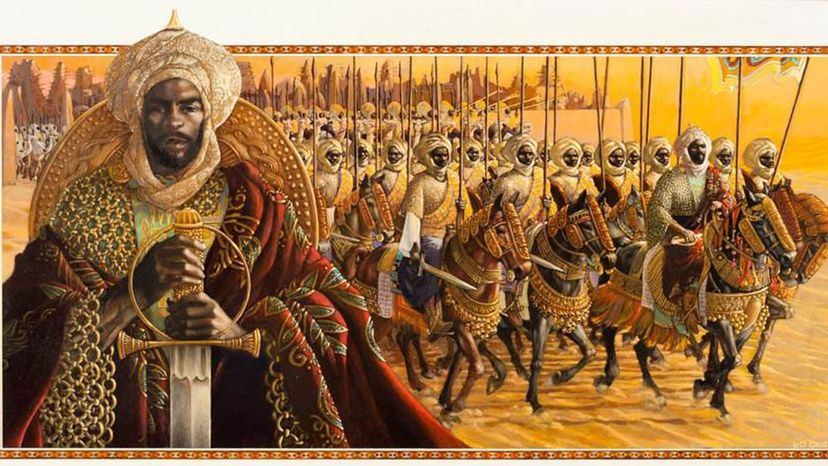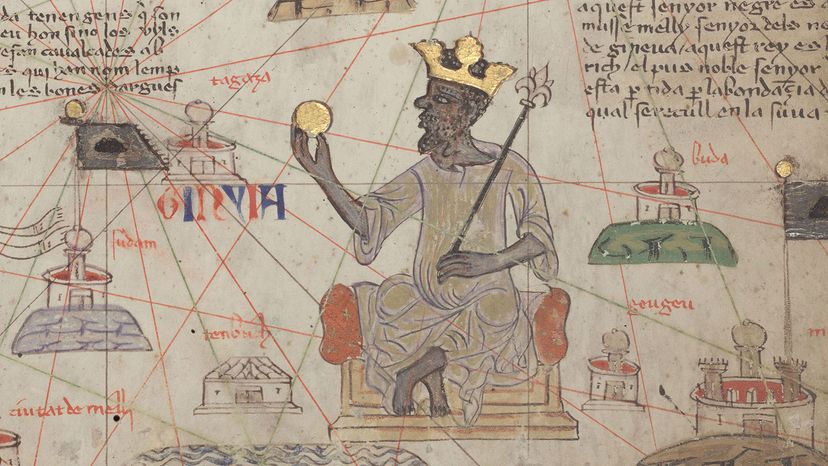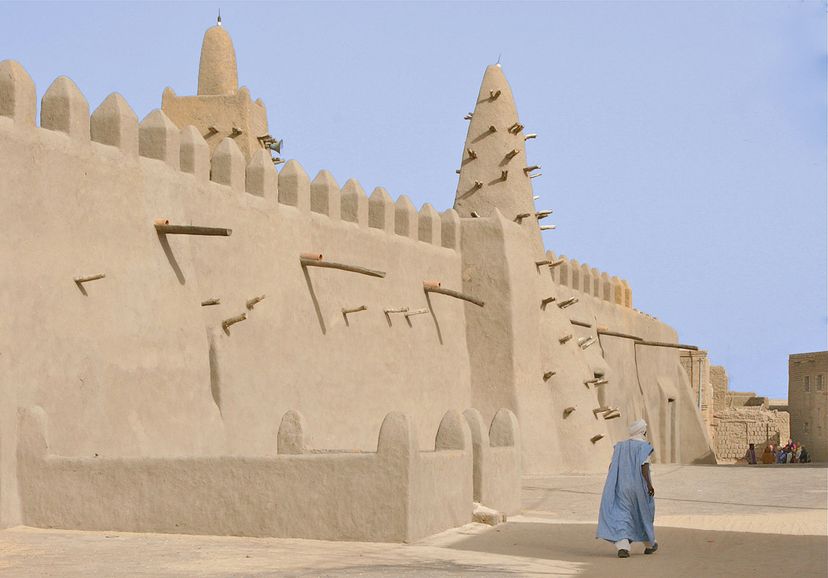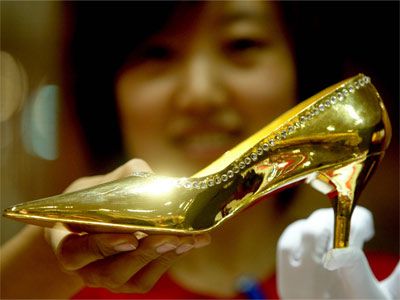
Key Takeaways
- African King Mansa Musa of the Mali Empire was possibly the richest man in history, worth $400 billion in today's dollars, surpassing Jeff Bezos' wealth.
- Mansa Musa's wealth came from highly productive gold fields, leading to opulent displays of gold in his court and a vast trade network connecting Africa to Asia, the Middle East and Europe.
- Mansa Musa's legendary pilgrimage to Mecca in 1324 with a caravan of 60,000 people, including 12,000 slaves, led to a significant devaluation of gold prices in Egypt, due to his lavish spending.
In Europe, the 1300s were dark days — a period of religious insularity and superstition made even worse by the arrival of the Black Death, an outbreak of bubonic plague that killed an estimated 50 million people on the continent alone. Meanwhile, thousands of miles away in sub-Saharan Africa, the Mali Empire was experiencing a medieval flourishing of culture and learning fueled by unimaginable wealth.
At the center of it all was a West African king named Mansa Musa, who reigned over a vast Muslim empire stretching 2,000 miles (3,219 kilometers) from the Atlantic Ocean to modern-day Niger. But more important than the size of Mansa Musa's empire was the richness of his natural resources — two highly productive gold fields renowned for producing the purest and most coveted gold in the world.
Advertisement
If the stories told about Mansa Musa are true — that he and his court were bedecked in pure gold, and that he spent so much gold on a pilgrimage to Mecca that he devalued the price of gold for decades — then he may have been the richest man to ever live. The website Celebrity Net Worth says he was worth $400 billion in today's dollars, making Mansa Musa nearly four times as rich as Jeff Bezos.



